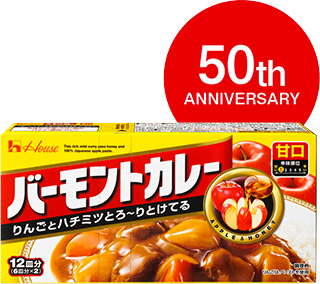The Taisho Period
Western food culture begins to enter Japan
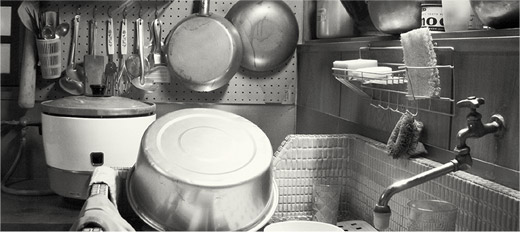
The Taisho Period is known for the formation of financial groups and banks and the birth of the “salaryman.”
Together with continuing urbanization, the three major Western foods – croquette, tonkatsu (pork cutlet) and curry – came into fashion. Then began the evolution of Westernized Japanese food in Japan.
1913 - The 2nd year of the Taisho Period
“Curry powder” is first sold in Japan
Seisuke Urakami, founder of “Urakami Shoten,” a store for medicinal chemistry materials and predecessor to House Foods Group, was commissioned by his customers to sell bottled curry powder. He took this opportunity to devote himself to researching curry powder.
That was the first step towards House Group’s curry culture.
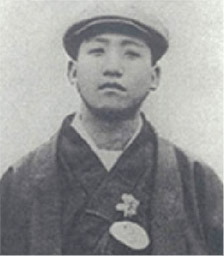
1926 - The 15th year of the Taisho Period
The production and sale of “Home Curry” begins
Seisuke Urakami inherited Kosaka Factory (in present day Higashi-osaka, Osaka) and the trademark and right to sell “Home Curry” from Inada Food Factory, and commenced his food production and marketing business in earnest.
However, there were many people at the time who had never eaten nor seen curry, so it is said that Seisuke struggled in the early days of his business.
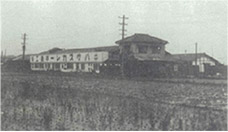
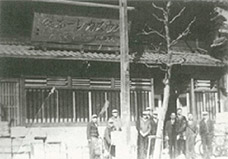
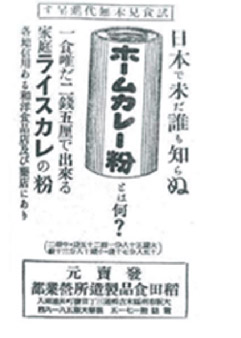
Early Showa Period
The culture of Western food services
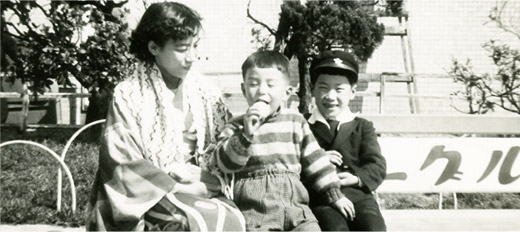
Although Western food slowly became popular for home cooking, it was the eating-out culture in which it really flourished.
Western food became popular at cheap restaurants throughout the country.
1928 - The 3rd year of the Showa Period
The birth of “House Curry.”
The industry’s first advertising by product demonstration
Seisuke, whose sales had slowly began to pick up due to improvements to his product, was told by his wife Yasuyo that “The idea of ‘home’ ain’t a thing in Japan... It’s ‘house!’” Assured by his wife’s words, Seisuke was confident that “house” was the perfect wording for his Japanese brand.
And so, he changed the brand name to “House Curry.” He developed his demonstration advertising skills further and focused on the establishment of his brand by becoming the industry’s first to advertise via demonstration. He cooked curry in front of customers and allowed them to sample it.
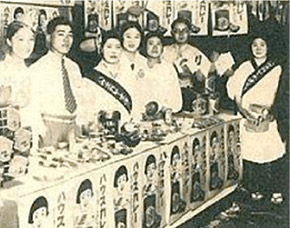
1952 - The 27th year of the Showa Period
Promotion using an “advertising truck”
Using an advertising truck that resembled the package of “Instant House Curry” greatly contributed to his sales growth.
The truck stopped outside small stores around the country and played an advertising song while an announcer advertised over microphone, accompanied by a musician.
The advertising truck became so popular that customers all over the country wanted an advertising truck in their own areas.
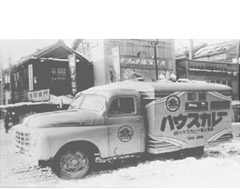
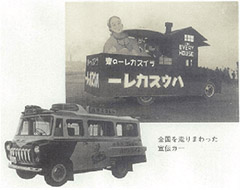
Mid to late Showa Period
Dining in the post-war and high economic growth periods
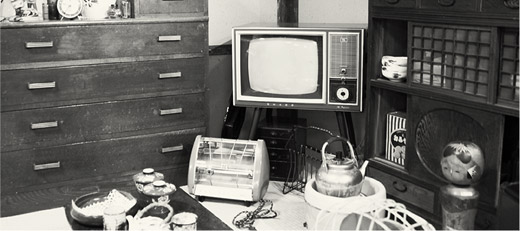
Due to the war, Seisuke was forced to halt his expansion of Western food culture. However, the high economic growth period after the war allowed ordinary families to cook Western food at home.
1963 - The 38th year of the Showa Period
The birth of “Vermont Curry”
In the 1960s curry was usually very spicy, and was widely considered to be a food for adults only. We wanted to create a curry that could be enjoyed by both adults and children alike, and so, House's "Vermont Curry" was born. Vermont Curry has become a household name in Japanese home cooking.
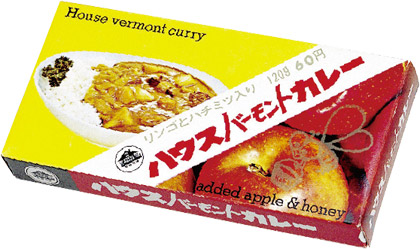
1971 - The 46th year of the Showa Period
House Foods’ first ready-made curry pouch product
As it can be stored at room temperature for long periods of time and you can eat it simply after heating, we used the word “kukure,” meaning “cookless,” in the brand naming. The new product is called “House Kukure Curry.”
Although ready-made pouch products other than curry had been sold before, they did not become established in the market, which totaled no more than 12 billion yen at the time.
Although Kukure Curry fought a hard battle at first, we made big modifications to our sales strategy by drastically changing its market image.
Storefronts being lined with red packaging for mild and yellow packaging for spicy, and a commercial that said “New Year dishes are good but curry is too!” became a hot topic and laid the foundations for ready-made curry.
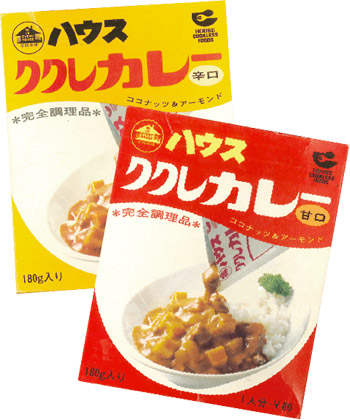
The Heisei Period
Changing with the times
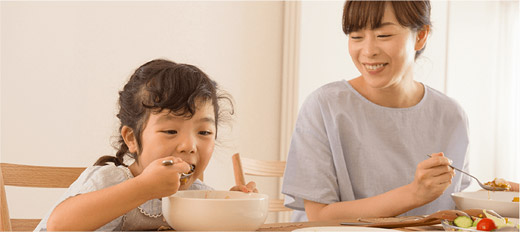
Together with circumstances like the changing sizes and age compositions of families, it can be said that this is an era that has once again questioned the importance and diversity of food.
2007 - The 19th year of the Heisei Period
Space Food
One of the three kinds of ready-made Japanese-style space curry products developed with the Japan Aerospace Exploration Agency (JAXA) especially for Japanese Astronauts, which were formally certified in June 2007, was marketed to the public as “Space Curry” (Beef).
In order to support a lifestyle in outer space, which is very different to than on Earth, with the effects of zero-gravity and cosmic radiation, we invented a unique curry that contains more turmeric and calcium and is richer and spicier than our regular ready-made curry brands.
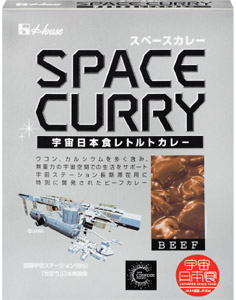
2011 - The 23rd year of the Heisei Period
The release of a product useful during disasters
2011 was the year that the Great East Japan earthquake struck.
House foods released a curry that did not require heating to be eaten, and could be used as emergency food in times of disaster.
This curry, which is made without seven specific ingredients (egg, milk, wheat, buckwheat, peanuts, prawn, crab), can of course be eaten with peace of mind by anyone and takes less time to cook, has contributed in a wide range of situations.
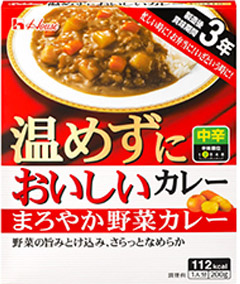
2013 - The 25th year of the Heisei Period
50 years on from the launch of “Vermont Curry”
“Vermont Curry” was created in 1963 through trial and error from the idea of Ikuo Urakami, House Foods’ vice president at the time, of a curry that could be eaten together with our children. The curry became a big hit several months after its launch, and now sells a colossal 2.1 billion portions per year.
If you were to pile up all of the various sizes of curry packages produced in one year, the pile would be roughly 700 times taller than Mt. Fuji, which stands at 3,776 m tall.
Curry has taken root as a universally recognized national dish.
